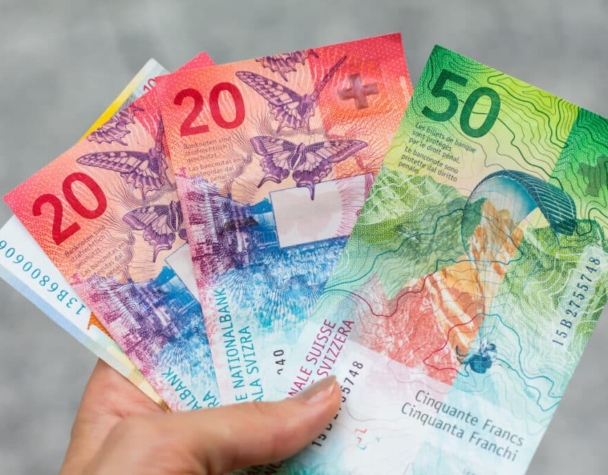
Global Currency Markets Sway as Tariff Policies Drive Volatility
Tue, April 08, 2025U.S. Dollar Dips, While Safe-Haven Currencies Gain Ground
The global foreign exchange (forex) markets have been roiled by escalating trade tensions, with the U.S. government enacting sweeping new tariffs that are sending ripples across major and emerging currencies alike. The dollar initially weakened sharply against several major currencies, touching six-month lows against the euro, yen, and Swiss franc before rebounding slightly as markets began pricing in the economic fallout.
Investors initially dumped the dollar in favor of traditional safe-haven assets, fearing that prolonged tariff battles could weigh on U.S. growth and global trade. According to Reuters, the dollar’s fragility reflected mounting investor anxiety over geopolitical instability and tightening liquidity conditions.
Meanwhile, safe-haven currencies surged. The Japanese yen appreciated by 0.45%, while the Swiss franc climbed more than 0.6% against the dollar. These gains underscore investor preference for traditionally stable currencies during periods of heightened market uncertainty. As reported by Reuters, the yen and franc have once again proven to be safe ports in a stormy economic sea.
Emerging Markets Suffer as Trade Fallout Spreads
The effects of the tariff-driven sell-off are being felt most acutely in emerging markets. The Indian rupee, for instance, had its worst one-day performance in nearly three months, closing at 85.8350 per U.S. dollar after falling 0.7%. Analysts attributed the sharp drop to concerns about reduced export competitiveness and declining investor sentiment as the global trade environment deteriorates. This trend was highlighted in a Reuters update on Monday.
Similarly, the Australian dollar—which is often seen as a proxy for Chinese economic activity—fell to a five-year low against the U.S. dollar after China announced retaliatory tariffs. With Australia’s economy heavily tied to Chinese demand for raw materials, this move intensified pressure on the Aussie and raised fears of broader Asia-Pacific instability.
In response, central banks across Asia and Europe are preparing to intervene. Taiwan’s central bank has stated it is ready to act in the forex market to defend the stability of the Taiwan dollar, while the Swiss National Bank may need to push further into negative interest rate territory to manage the rising Swiss franc.
Conclusion
Currency markets are reacting strongly to fast-moving geopolitical developments and tariff escalations, with clear divides emerging between safe-haven assets and more vulnerable emerging market currencies. As the economic impact of these policies begins to unfold, forex traders and policymakers alike are navigating a period of high volatility and uncertainty. Ongoing central bank interventions and diplomatic negotiations will likely be key in determining whether stability can be restored in the weeks ahead.

